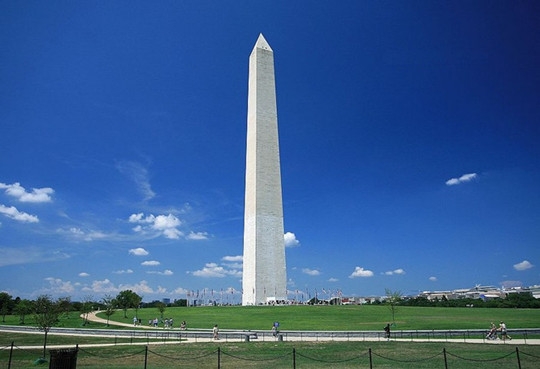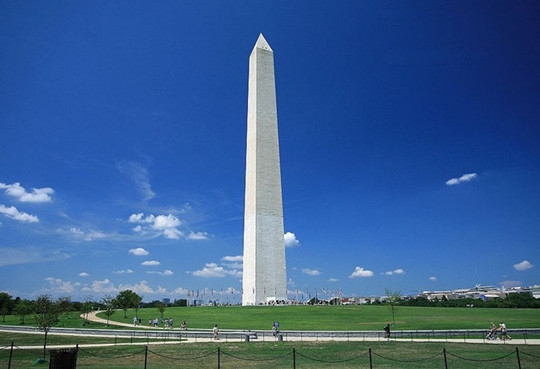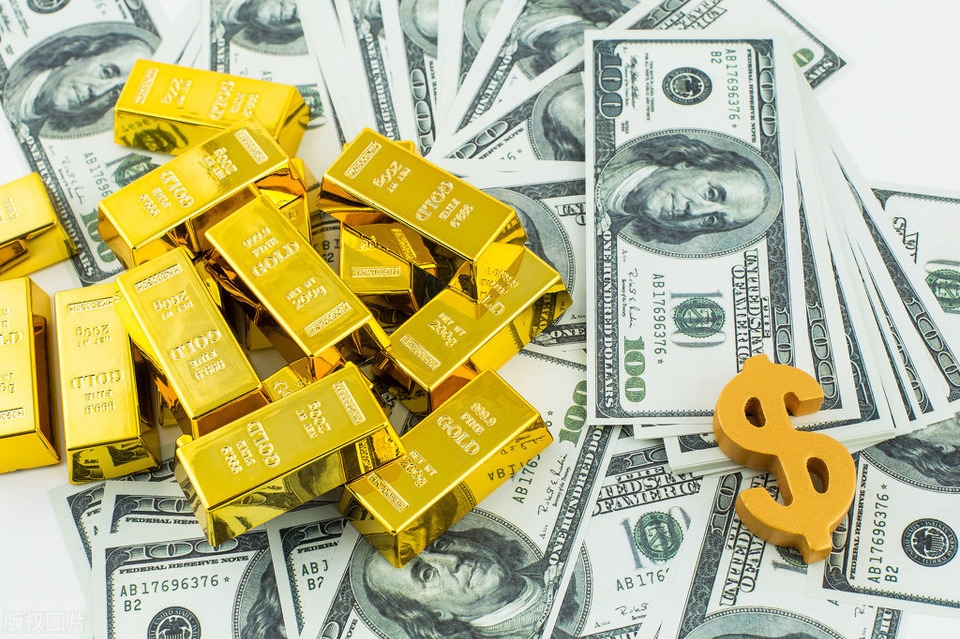The United States and Ukraine are about to sign a rare earth mineral agreement, adding uncertainty to the international situation
- 2025年2月28日
- Posted by: Macro Global Markets
- Category: News

The United States and Ukraine are about to sign a rare earth mineral agreement, adding uncertainty to the international situation
On February 26, local time, US President Trump confirmed that Ukrainian President Zelensky will visit the United States on February 28 to sign an important rare earth mineral agreement. This news has attracted international attention. The agreement is not only about Ukraine's efforts to gain US support, but also adds uncertainty to US-Russia diplomatic interactions.

Negotiations between the United States and Ukraine on the agreement have been full of twists and turns. The US Treasury Secretary once proposed that Ukraine hand over 50% of its mineral resources in order to deepen cooperation and ensure support for Ukraine, focusing on obtaining key material deposits such as lithium and graphite. Zelensky rejected the offer on February 23, arguing that the United States had not provided "security guarantees" and that the aid and repayment requirements were not equal.
After several rounds of negotiations, the two sides reached an agreement. Ukraine and the United States will set up a "Ukrainian Reconstruction Investment Fund". Ukraine will inject 50% of the future income from natural resources and related infrastructure, and the United States will delete unreasonable capital contribution regulations. Although the agreement did not specify U.S. security guarantees to Ukraine, it did mention commitment to lasting peace.
Impact on U.S.-Ukraine relations and the situation between Russia and Ukraine
Judging from the US-Ukraine relations, Ukraine regards the agreement as the key to gaining security guarantees. During his visit to the United States, Zelensky will ask whether the United States will continue to support it, whether it can purchase weapons, and whether Russia's frozen assets can be used to buy weapons. Trump said he wanted to get the funds back and make money, highlighting the US's intention to gain economic benefits and maintain influence on Ukraine.
As for the situation between Russia and Ukraine, the agreement may affect the direction of the conflict. The United States is attempting to use this as an additional bargaining chip to put pressure on Russia. Russia has always opposed the United States' resource development and political intervention in Ukraine. The signing of the agreement may intensify the conflict between the United States and Russia, and will also affect Ukraine's position in the conflict, making it hope to gain more support to gain the upper hand.

If the market believes that the agreement can promote a peaceful resolution of the Russia-Ukraine conflict, the safe-haven demand for gold will decline, prices will face downward pressure, and investors will reduce their allocation to safe-haven assets. On the contrary, if the agreement triggers a strong reaction from Russia, leading to an escalation of geopolitical tensions, the safe-haven nature of gold will be highlighted and prices are expected to rise.
Russia may take countermeasures, and investors' safe-haven demand will increase, pushing up gold prices. In addition, after the agreement is signed, the relationship between the United States and its European allies may change, affecting the global economy and financial markets, and indirectly affecting the gold market. If European countries are dissatisfied with the United States' monopoly on resources, adjustments to transatlantic relations will add new market uncertainties and affect investors' demand for gold.
As February 28 approaches, investors should pay close attention to the progress of the signing of the US-Ukraine agreement and its far-reaching impact on geopolitics and financial markets, especially the gold market.
